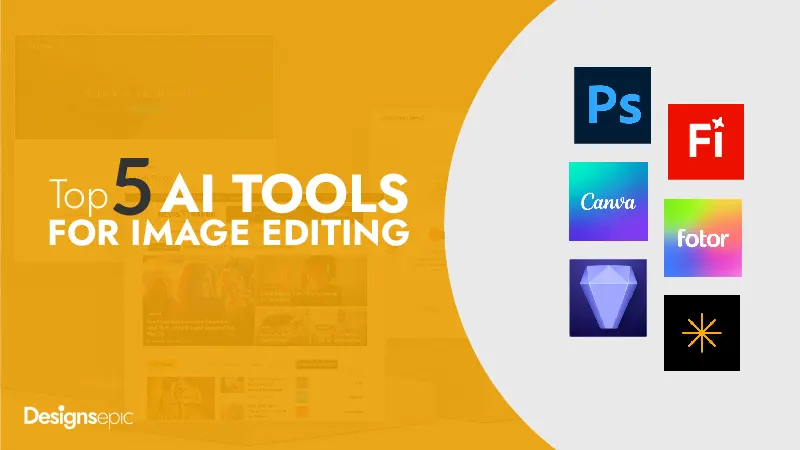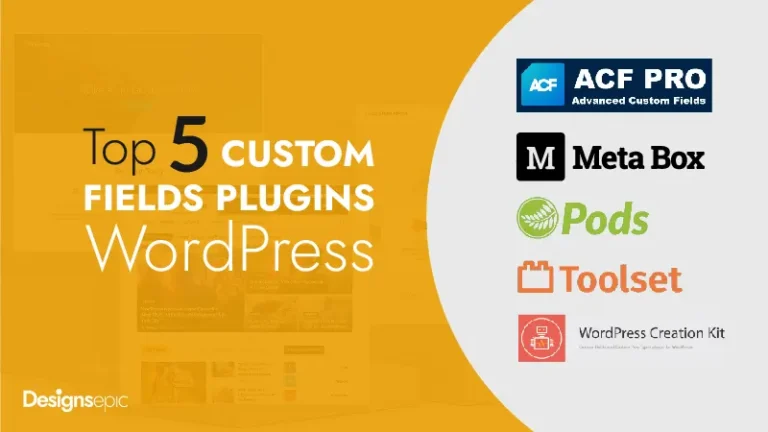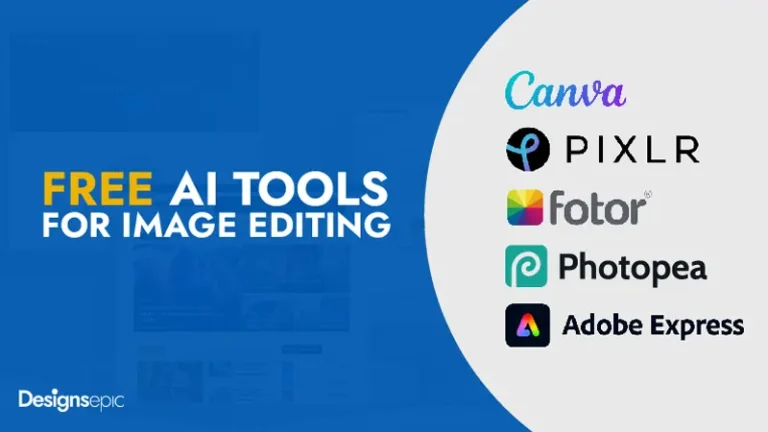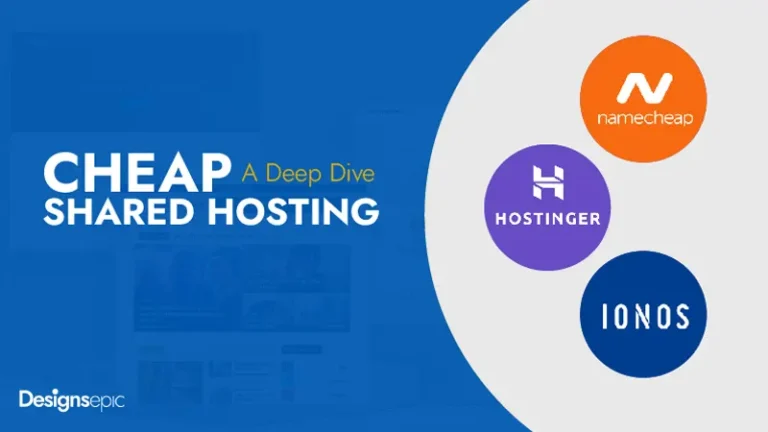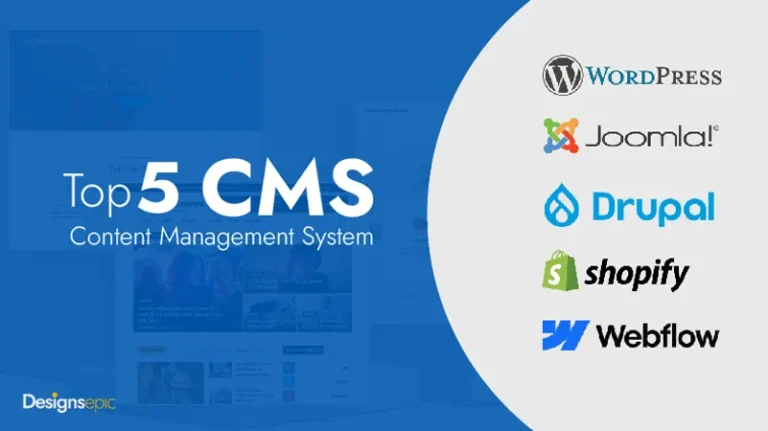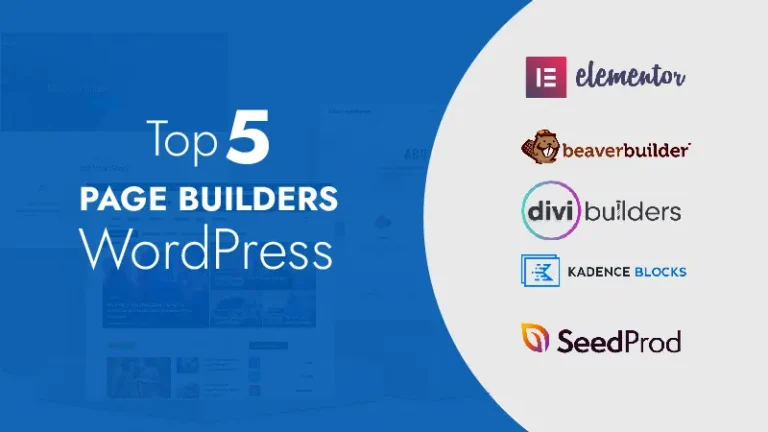Top 5 AI Tools for Image Editing in 2025
Introduction: The Rise of AI in Image Editing
In the last decade, artificial intelligence (AI) has rapidly transformed the way we approach creativity, productivity, and problem-solving. Among its most exciting applications lies the field of image editing. What once required hours of meticulous work in professional software can now be achieved in minutes—sometimes seconds—thanks to advanced AI-powered tools. Whether you are a photographer, digital artist, marketer, or casual content creator, AI tools for image editing have made professional-level results accessible to everyone, regardless of technical skill.
These intelligent platforms go beyond basic filters and adjustments. They can remove unwanted backgrounds, enhance image resolution, swap skies, restore old photos, generate new visual elements, and even create entirely new artworks from text prompts. By learning from massive datasets, AI models can mimic artistic styles, predict missing image details, and optimize images for web or print with incredible accuracy. This has sparked a new era where creativity and technology are seamlessly blended, giving rise to opportunities that were once unimaginable.
For businesses, AI image editing means faster turnaround times, reduced costs, and the ability to scale high-quality visuals. For individuals, it opens a door to creativity without the steep learning curve of traditional design tools. From editing wedding photos to designing product catalogs or generating social media content, AI tools provide practical solutions that adapt to a wide range of needs.
In this article, we will explore the Top 5 AI Tools for Image Editing that are shaping the industry today. Each tool will be reviewed with an overview, features, pros and cons, and a quick note on who it’s best suited for. Whether you’re looking for advanced professional editing or simple one-click enhancements, these AI-powered platforms offer something valuable for everyone.
Adobe Photoshop with Adobe Firefly
Adobe Photoshop is the gold standard for digital design, and with the integration of Adobe Firefly, its AI engine, it has entered a new era of intelligent editing. Firefly enables generative edits such as object addition/removal, style transfer, and background expansion with just a text prompt. This combination of manual precision and AI automation makes Photoshop the most versatile image editing solution on the market.
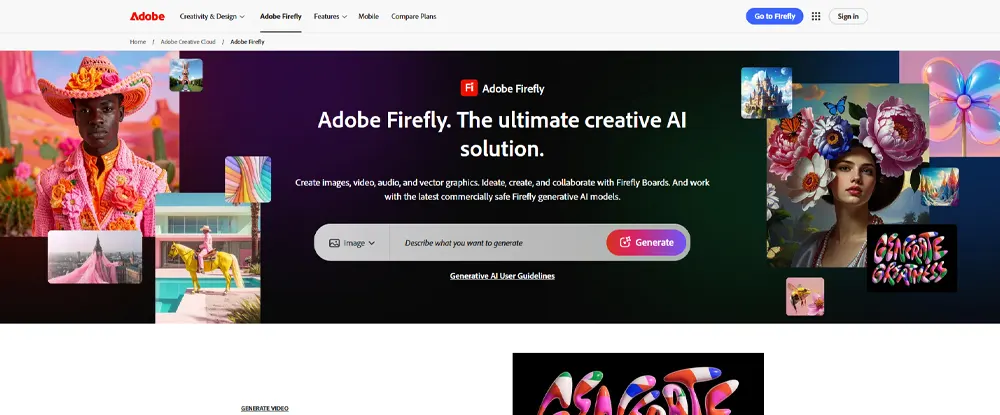
Key Features
Pros
Cons
Best For:
Professional designers, photographers, and creative agencies.
Luminar Neo
Luminar Neo by Skylum is an AI-first photo editor designed to simplify complex edits. It offers one-click sky replacement, portrait retouching, and lighting adjustments that look natural. Unlike Photoshop, Luminar Neo focuses less on manual precision and more on automation, making it a favorite among photographers who want fast, professional results without hours of editing.

Key Features
Pros
Cons
Best For:
Photographers wanting quick and realistic AI-powered photo enhancements.
Canva Pro with AI Tools
Canva has evolved from a drag-and-drop design tool into a powerhouse with AI features like Magic Eraser, Magic Edit, and text-to-image generation. Unlike Photoshop, Canva focuses on accessibility and collaboration, making it perfect for teams, educators, and entrepreneurs. With thousands of templates and a simple interface, Canva is ideal for creating marketing materials, social media graphics, and presentations quickly.
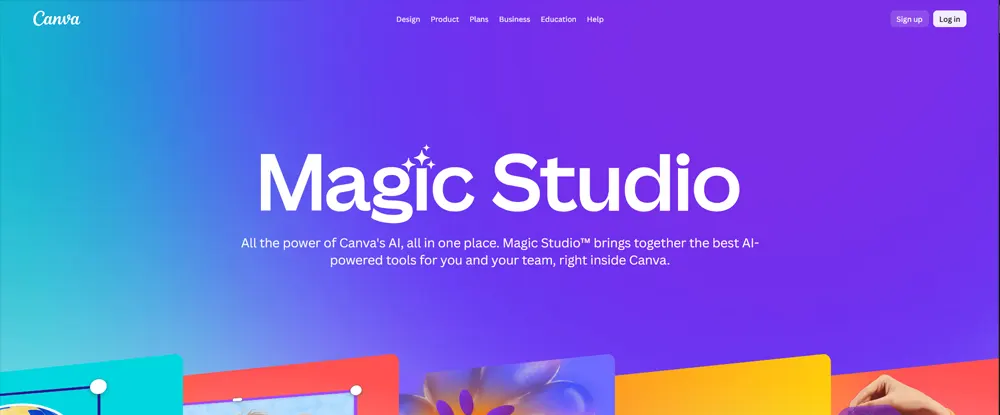
Key Features
Pros
Cons
Best For:
Entrepreneurs, marketers, and teams creating social media and marketing content.
Fotor AI Photo Editor
Fotor is a browser-based and mobile-friendly AI photo editor built for convenience. It offers fast background removal, one-click enhancements, portrait retouching, and AI art generation. While not as feature-rich as Photoshop, Fotor is ideal for quick edits, making it popular among small businesses and social media creators.
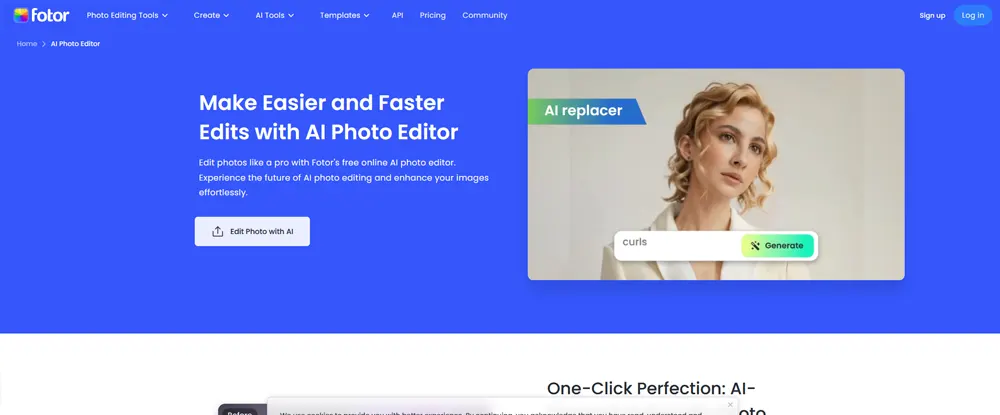
Key Features
Pros
Cons
Best For:
Social media creators and small businesses needing fast, polished edits.
Topaz Photo AI
Topaz Photo AI is a specialized tool focused on enhancing image quality. Its AI excels in removing noise, sharpening blurry photos, and upscaling low-resolution images. It’s especially valuable for photographers restoring old photos or improving shots taken in poor lighting. While not a full editor like Photoshop, it integrates seamlessly with Lightroom and Photoshop, making it a powerful companion for professionals.
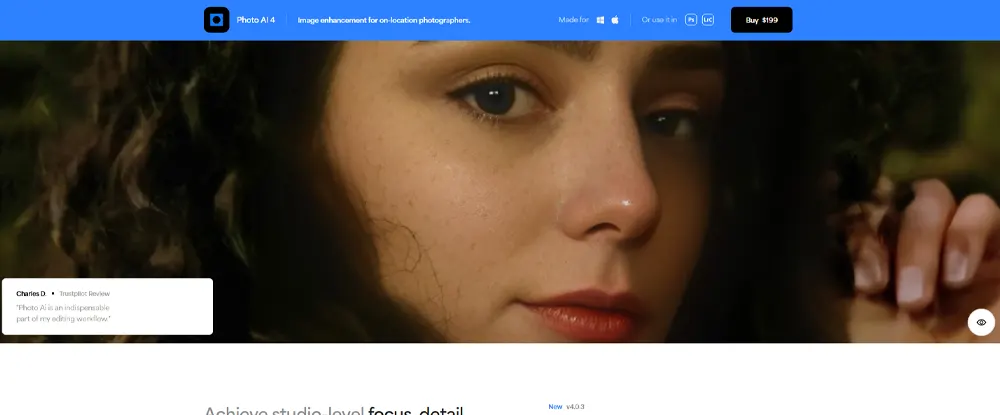
Key Features
Pros
Cons
Best For:
Professional photographers focused on photo enhancement and restoration.
Final Thoughts: Choosing the Right AI Image Editing Tool
Artificial intelligence has revolutionized photo and image editing, making advanced results more accessible than ever.
Ultimately, the best tool depends on your needs: professionals may prefer Photoshop or Topaz, while entrepreneurs and casual creators will love Canva, Luminar, or Fotor.
As AI continues to evolve, these tools will only grow smarter, enabling faster workflows, better creativity, and professional-level results for everyone. The era of AI-powered creativity is here—and it’s just getting started.

